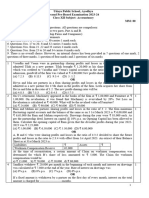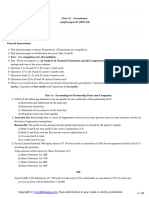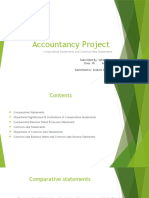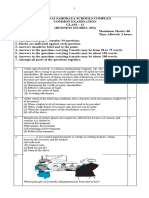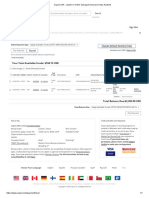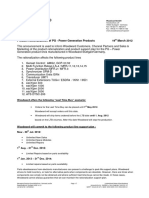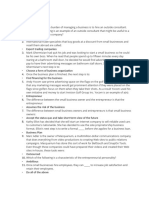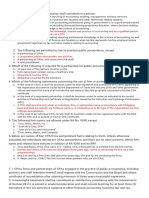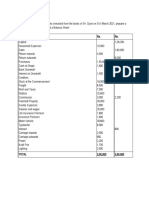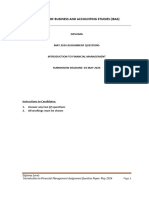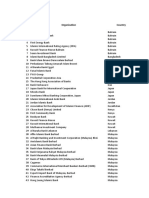100% found this document useful (1 vote)
2K views17 pagesFinancial Statement Analysis of Infosys Ltd.
Accountancy Project Class 12
Uploaded by
SanchithaaCopyright
© © All Rights Reserved
We take content rights seriously. If you suspect this is your content, claim it here.
Available Formats
Download as PDF, TXT or read online on Scribd
100% found this document useful (1 vote)
2K views17 pagesFinancial Statement Analysis of Infosys Ltd.
Accountancy Project Class 12
Uploaded by
SanchithaaCopyright
© © All Rights Reserved
We take content rights seriously. If you suspect this is your content, claim it here.
Available Formats
Download as PDF, TXT or read online on Scribd
/ 17


